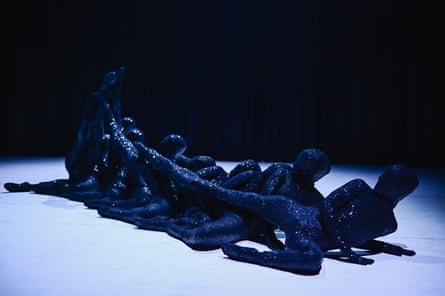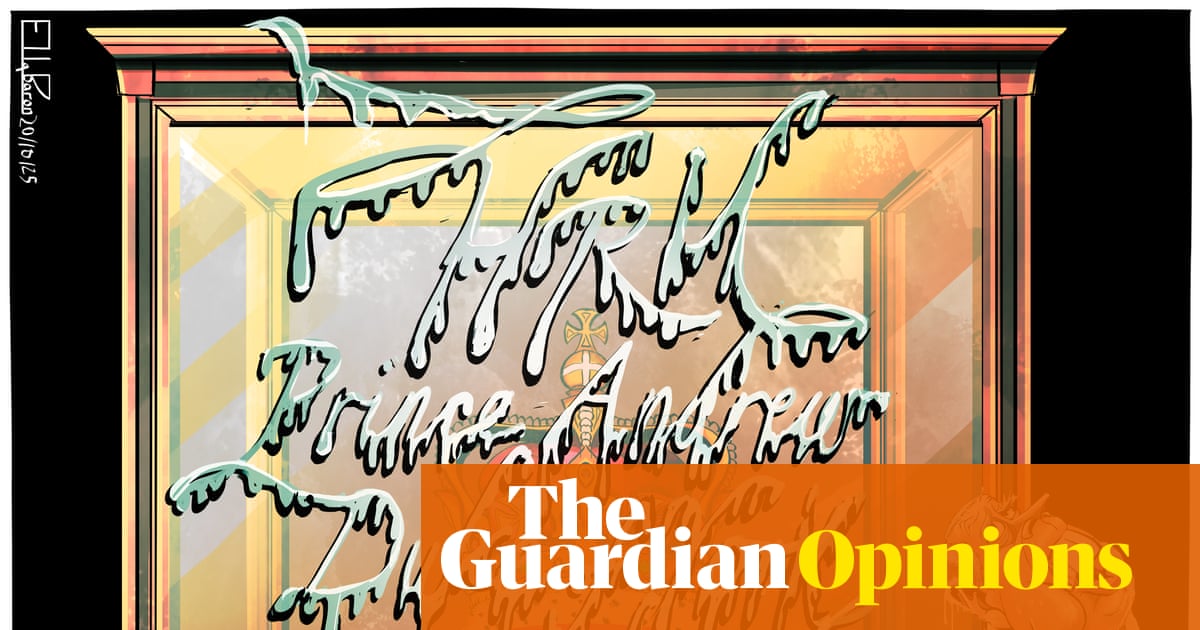The sequins are sensational; the dancers pretty special too. Clad in skin-tight black glittering bodysuits and masks – the full Leigh Bowery – it is a look: gorgeous with an undercurrent of unnerving. There’s a confidence on all fronts in the work of Marcos Morau, which befits a multi-award-winning choreographer who graces major stages with his own company La Veronal, but also has an ongoing relationship with the small National Dance Company Wales. In Waltz (2023) the ideas aren’t overcrowded. Morau’s dancer-creatures emerge like an alien chorus line, bodies entwined in geometric formations like a sci-fi Busby Berkeley. The highly ordered machine breaks down into separate parts, dancers in stop-start motion, their beguiling and peculiar appearance not dissimilar to the dislocated postures of Sharon Eyal or Wayne McGregor. Perhaps the novelty is exhausted before the time runs out, but there’s pleasing clarity, and it looks damn cool.

This triple bill actually begins with the short Infinity Duet by Faye Tan: two dancers and a swinging sculpture like a trapeze (by Cecile Johnson Soliz). Airy guitar music brings the warmth and ease of a hazy summer day, its breeze – and the pendulum-like sway of the sculpture – setting the dancers in motion. I was waiting for them to start swinging, but it wasn’t that kind of show.
We like to celebrate dance being such an international art form, but at the same time, it’s great to see NDCWales doing something as thoroughly Welsh as Osian Meilir’s Mabon, based on the ancient stories and legendary creatures of the Mabinogion. An eerie tone is set by the score of harpist Cerys Hafana, who electronically manipulates traditional music into something futuristic with driving dance rhythms and ethereal voice. Becky Davies’ creature costumes are fantastic, as if she’s gone on a wild rampage through the haberdashery: fur, feathers, fringing and pearls; masks of abstracted animal faces whose markings look like giant eyes to scare off predators. They gradually shed their robes so you can actually see them dancing, and jig and whoop in ritual circles. Meilir’s roots in Welsh folk dance are clear; less clear is the sense of these characters’ quest (to find the mythical Mabon ap Modron) but this is a delightfully unique piece.

 3 hours ago
9
3 hours ago
9

















































